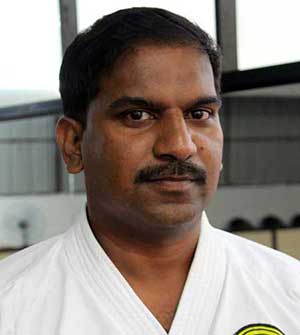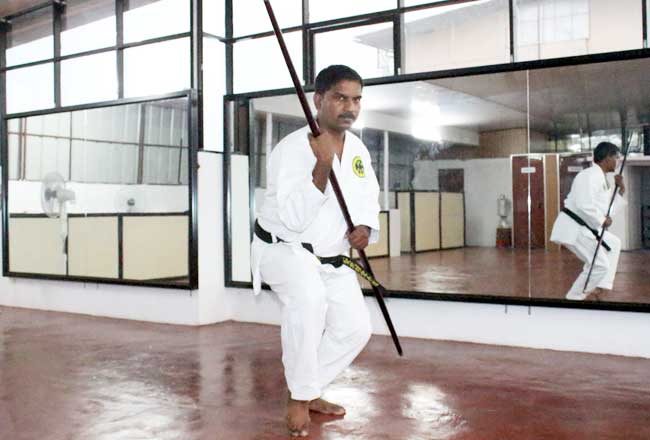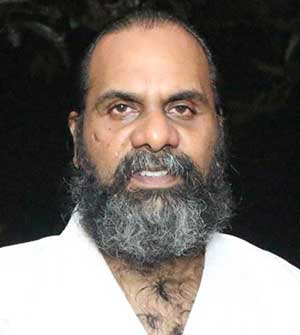

Rs.2000/month
Class Schedule : Wednesday : 7.15 pm
- Kobudo Style
- Okinawan Kobudo
- Affiliated To
- Kyokai Inernational Okinawan Kobudo
- Study Mode
-
- Bo 15 Basics movement (Hojo Undo Dai - 1,2,3)
- Bo Katas
- Tonfa Basics
- Tonfa Katas
- Sai Basics
- Sai Katas
- Nanchacku Basics
- Nanchacku Kata
History of Kobudo:
The fighting traditions that make up the arts of kobudo were handed down for many generations through word of mouth or oral tradition for many generations before ever being written down. It is therefore difficult to determine exactly where or when they began, which is likely exactly as the original proponents of these arts had intended, given that until relatively recently only certain people were allowed to train with weapons, techniques were carefully guarded and training was often done in relative secrecy. Despite the challenges in ‘authenticating’ these traditions, as many Western scholars require written documents as ‘the ultimate truth’, we can trace the roots of modern Kobudo back to feudal Okinawa and Japan, ancient China and to pre-colonial Philipines (Platt, Williams and Dixon, 1998: 30-31
Okinawan Kobudo:
According to a senior student of Sensei Kim, Patrick McCarthy, in his book Ancient Okinawan Martial Arts, one of the earliest accounts of one of the kobudo fighting forms is in the book Okinawa’s 1000 Year History (1999:9). It contains an account of the Ajii (one of the ranks of Okinawan nobility) using bojutsu around the year 1314. McCarthy also mentions another book The Biography of Jiryo, which describes the use of a ‘yaribo’ during the Keicho period from 1596-1615. These early accounts suggest that weapons were used in the Ryukyu kingdom at these times but do not identify whether these weapon defence techniques were indigenous to the Ryukyu islands or were imported as the empty handed Chinese martial arts were. In China the weapon arts were and are as intricate a part of martial arts training as are the empty hand techniques.
